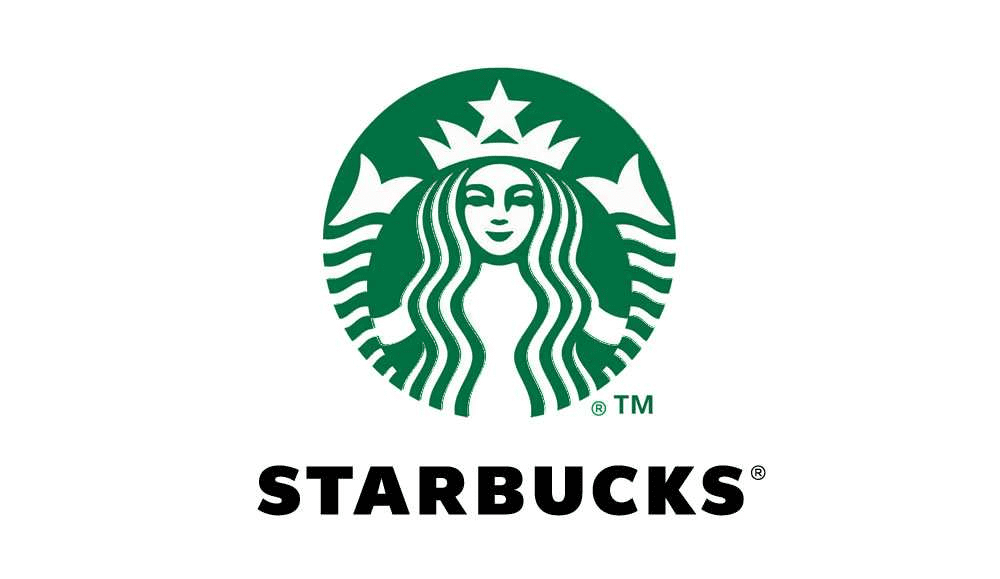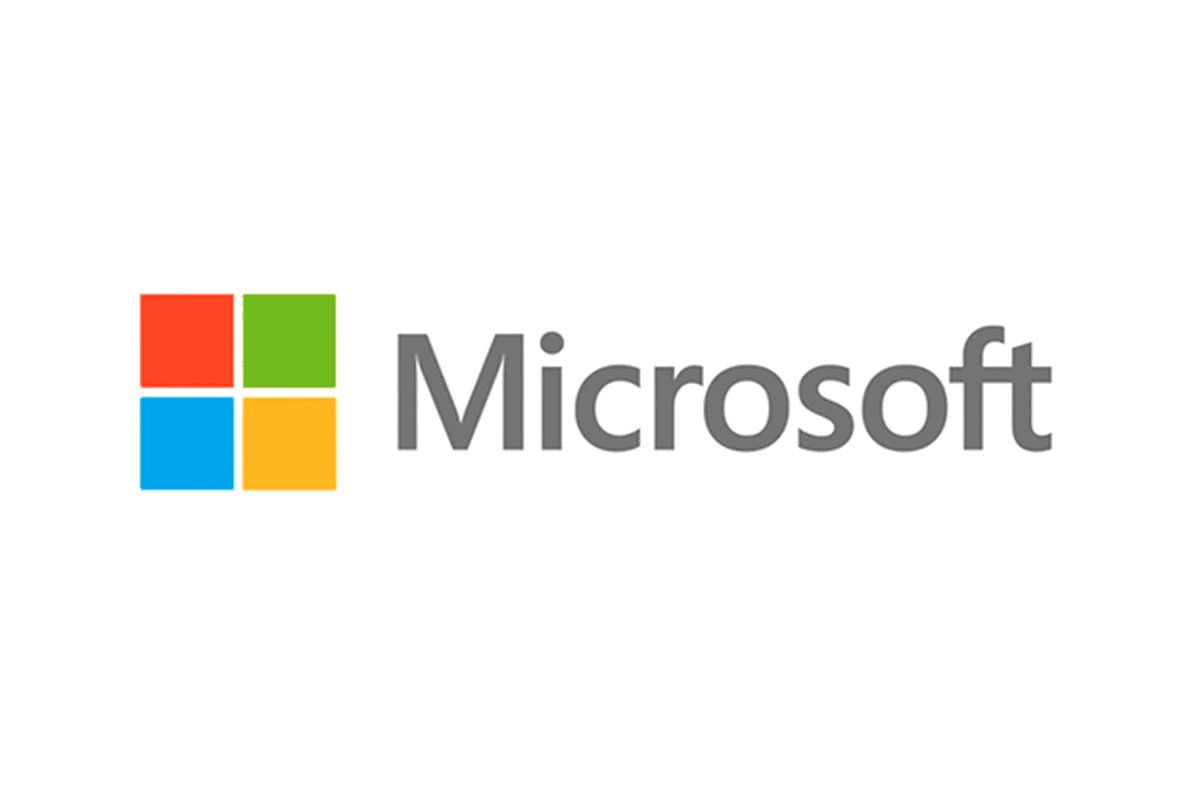The Importance Of Integrity In The Workplace And How To Improve It
When integrity in the workplace is low, your team will feel it. They’ll suffer...

A professional code of conduct is a key component of some of the most successful businesses in the world. Does your business have one?
In this article, we’ll discuss the details of an effective code of conduct and give you examples you can use to create your own.
Put simply, a code of conduct is a set of rules that guides behavior in your business.
Unlike a code of ethics — which is a set of principles that helps employees distinguish right from wrong — a code of conduct is a written collection of rules, principles, values, expectations, and behavior that a company considers fundamental to their success.
In most businesses, this code is a direct offshoot of their company culture.
It doesn’t matter if your business is one employee or 100, everyone — you, your team, your stakeholders, your partners — will benefit from expressing what your organization believes and providing a framework for good behavior.
Regardless of how long a code of conduct may be — and some can be very long — they all serve the same purpose: to provide a framework for ethical decision-making within the business.
As such, the organization, its management, and its employees use the code of conduct to communicate their values to each other, their customers, and those with whom they do business.
Think of the code of conduct as the heart and soul of the company and as a way to express:
As we mentioned, the code of conduct provides a framework for all decision-making within the business. If an employee or management has a question about how to handle a situation, they can turn to the code of conduct to find the answers.

Every business is different and their codes of conduct differ accordingly. Despite that, consider including the following basics in yours:
It may seem like overkill to address all of these subjects — especially if your business is still small (i.e., one or two employees) — but as your company grows, every one of these points will become essential for the continued success of your team.
Now that we’ve discussed the key aspects of a good code of conduct, let’s examine several examples so you can get an idea of how to incorporate these details into your own company document.

The best way to learn what to include in your code of conduct is to examine effective guidelines from other companies.
We’ve reproduced information — in some cases, a very small part — from the codes of conduct of some of the largest, most successful businesses on the planet, including:
Use this information below, copied from each company, as a model to create a unique set of guidelines for your own business.
(All images in these examples are the property of each respective company.)

“Starbucks empowers all partners to make decisions that impact our reputation. Individual actions at work shape how the world views Starbucks, which is why it’s so important that we each take responsibility for Our Starbucks Mission and act ethically in all situations.
The Standards of Business Conduct support the Global Business Ethics Policy and provide an overview of some of the legal and ethical standards we are each expected to follow every day. If you are unsure of what to do in a situation, you have support. Speak with your manager, Partner Resources or Business Ethics and Compliance about your concerns.

“The Google Code of Conduct is one of the ways we put Google’s values into practice. It’s built around the recognition that everything we do in connection with our work at Google will be, and should be, measured against the highest possible standards of ethical business conduct. We set the bar that high for practical as well as aspirational reasons: Our commitment to the highest standards helps us hire great people, build great products, and attract loyal users. Respect for our users, for the opportunity, and for each other are foundational to our success, and are something we need to support every day.

“Employees of Facebook, Inc., or any of its affiliates or subsidiaries (“Facebook”), and others performing work for Facebook or on its behalf, collectively referred to in this code as “Facebook Personnel,” are expected to act lawfully, honestly, ethically, and in the best interests of the company while performing duties on behalf of Facebook.
This code provides some guidelines for business conduct required of Facebook Personnel. Persons who are unsure whether their conduct or the conduct of other Facebook Personnel complies with this code should contact their manager, another Facebook manager, Human Resources, or the Legal Department.
This code applies to all Facebook Personnel, including members of the Board of Directors (in connection with their work for Facebook), officers, and employees of Facebook, Inc. and its corporate affiliates, as well as contingent workers (e.g., agency workers, contractors and consultants) and others working on Facebook’s behalf.

“What makes Coca-Cola one of the most admired brands in the world? It is not just our products. It is also how we do our work and the integrity of our actions. Ingrained in our culture, integrity inspires our work and strengthens our reputation as a Company that does extraordinary things and always does what is right. Integrity is the essential ingredient to our success.
Sometimes, you might face a situation where the right thing to do is not obvious. That is where our Code of Business Conduct can help. It is always here as your guide to preserving our reputation and living our values. While the Code cannot answer every question, it can show you where to go for guidance when the answer is not clear.
How Can the Code Help You? The Code enables you to:

“We achieve our mission by building trust with people and organizations around the globe. Our goals are only possible when people trust Microsoft and trust our technology.
Each one of us shapes our culture through our words and actions. We strive to build a diverse and inclusive culture that embraces learning and fosters trust — a culture where every employee can do their best work.
Making good decisions and ethical choices in our work builds trust in each other and with
our customers and partners. You should never compromise your personal integrity or the company’s reputation and trust in exchange for any short-term gain.
We are more likely to make ethical choices when integrity, honesty, and compliance guide our decision making. We should always be transparent about our motives, learn from our mistakes, and ask for help when faced with a difficult situation. We expect leaders and managers to foster a culture where employees feel free to ask questions and raise concerns when something doesn’t seem right.
Our Standards of Business Conduct emphasizes the role that each of us plays in building trust, and the approach you should take in making decisions. When we apply these principles in our daily work, we can move forward with confidence in our ability to make good decisions that build trust and empower our customers and partners to achieve more.

“Henry Ford once said, ‘There is a most intimate connection between decency and good business.’ He believed that the main purpose of a corporation should be to serve customers, employees, and communities. By staying true to those values, he was able to build the greatest business enterprise of the 20th century.
Today, the values of a company are even more critical to its success. As we move into the 21st century, expectations are higher and processes are more transparent. Now, more than ever, companies must not just proclaim the highest standards, they must live them every day.
The Code of Conduct Handbook will help Ford Motor Company personnel around the world understand and follow our policies and procedures. It builds on our heritage of corporate citizenship, and it updates our business practices so that we can compete ethically and fairly in all circumstances.
Today, companies must compete vigorously and ethically in a dynamic and demanding global marketplace. This requires not only compliance with numerous laws and regulations, but also recognition of the expectations and aspirations of a variety of stakeholders. Doing the right thing has become more complicated, but it is more important than ever.
The Code of Conduct Handbook is designed to give personnel the information they need to guide their actions in this challenging environment. It has been updated to be more global in scope and easier to read and understand. In addition, it will be available online in a variety of languages.
It is critical that Ford Motor Company personnel around the world adhere to the highest ethical standards so that we can earn the trust of our customers and grow our business. Being ignorant of a policy or having good intentions are not acceptable excuses.
By reading this Handbook and following its guidelines, you will help us enhance our reputation as an outstanding corporate citizen. This is not only the right thing to do – it is the best thing to do to secure the future success of our Company.

“If we think of IBM’s values as our ethical compass, then the Business Conduct Guidelines are our roadmap. They are inspired by IBMers’ core value of “trust and personal responsibility in all relationships.” They govern our interactions with clients, business partners, suppliers, developers, investors, teammates, and communities. They support us as we strive to operate with integrity at all times.
As you review the current Business Conduct Guidelines, I ask you to take a moment to reflect on how they apply today to your individual role at IBM. Think about their relevance to the products you develop. To the regulatory environments you encounter. And to the daily interactions you have with others, both inside and outside our company.
Our commitment to the responsible stewardship of IBM’s values is part of what makes us a unique and enduring company. Our longstanding reputation for ethics and integrity – built over more than a century – provides a foundation to continue IBM’s essential role in business and society, today and in the years to come. We are all keepers of this important legacy. Your thorough understanding and application of our Business Conduct Guidelines is one of the most critical ways we can uphold this responsibility.
Thank you for your dedication to these principles and for everything you do to make IBM the world’s most trusted technology partner.

The best way to distribute your code of conduct is by making it a part of your employee handbook.
Whether you produce a print copy of your handbook, publish it online, or create a digital copy (e.g., a PDF) you can email to your employees and make sure everyone has access 24 hours a day, seven days a week.
When you use the employee handbook as the foundation for your code of conduct, you set a precedent that can have long-term beneficial effects on the way your team members work together and apart.

One prime example of a code of conduct in action is the rules you set forth to govern how your employees clock in and out for work. There’s a lot riding on the results of your employees’ time cards: money, advancement, even their jobs.
Because of that, it’s vital that you establish a set of guidelines for situations when a team member has to clock in late or clock out early.
You can help your employees stay within your code of conduct by using an integrated time clock/scheduling app like Sling.
Sling’s time clock feature allows you to:
And that’s only the tip of the iceberg.
Sling also streamlines the scheduling process, simplifies communicating with your employees to find substitutes, keeps you and your team members engaged and on task, and so much more.
Visit GetSling.com today to see how you can use this free app to transform the way you, your team, and your business operate.
See Here For Last Updated Dates: Link
This content is for informational purposes and is not intended as legal, tax, HR, or any other professional advice. Please contact an attorney or other professional for specific advice.
Schedule faster, communicate better, get things done.